Roasted butternut squash is delicious, healthy, and full of vitamins. It can be used in so many ways. Learn how easy it is to roast butternut squash.
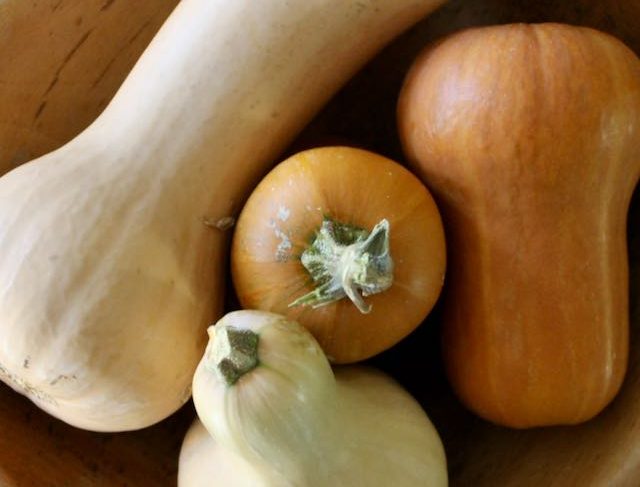
Growing up, I only have memories of butternut squash from seeing it at the grocery store.
Even as a young adult, it was still unfamiliar to me and I had no interest in experimenting with it. Because I was teaching myself to create meals, I tended to stick with the types of meals that I was used to eating growing up. None of those included butternut squash.
It wasn’t until I started gardening and decided to experiment with growing winter squash that I first considered eating one.
I had an amazing harvest that year, and suddenly I realized that I had no idea if I even liked butternut squash! On top of that, I had no idea what to do with it!
After a bit of research and experimentation, I found out how easy it was to prepare and how delicious it was! That was the year that I fell in love with butternut squash.
Now I no longer shy away from it. Instead I hoard it. Over time I learned that properly cured squash will store for months. I also learned how versatile it is.
So now I grow as much of it as I can in my garden every year and I also purchase quite a bit from a local farm. My family and I will feast on the butternut squash throughout the fall and winter. It is a feasting season that I look forward to every year!
Read on to see how easy it is to roast butternut squash. I hope your family falls in love with this delicious squash like mine has.
How To Roast Butternut Squash
- Preheat the oven to 350 degrees. Wash the outside of the squash.
- Cut both ends off of the squash.
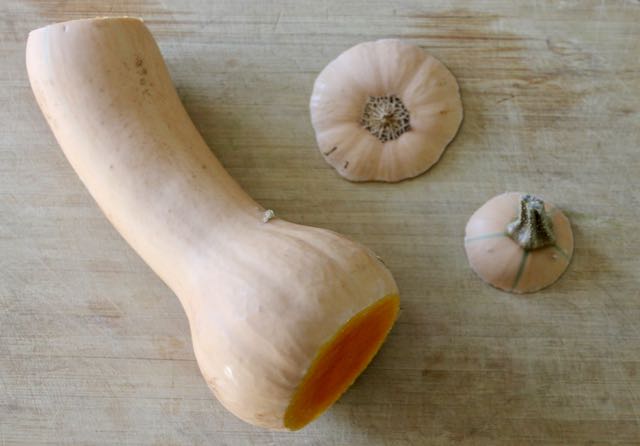
3. Cut the squash in half lengthwise.
4. Scoop out the seeds and the pulp. save these for later.
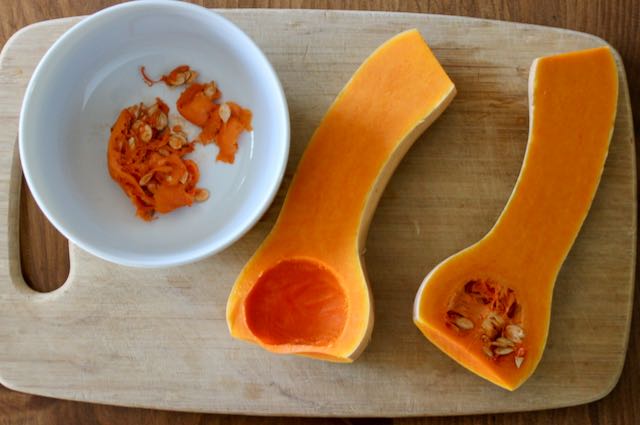
5. Place the squash face down in a baking dish and fill the bottom of the baking dish with water until it is about 1/2 inch high.
6. Roast for about 45 minutes or until the squash is fork tender. This will depend on the size of your squash. Also, the skin will begin to wrinkle.
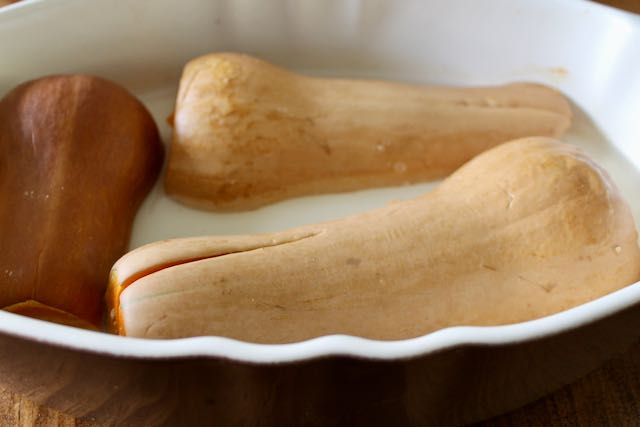
7. After roasting, let the squash cool and scrape the squash out of the skin.
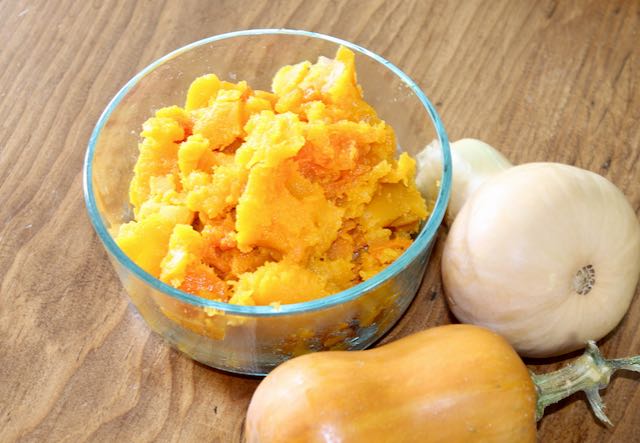
Tips For Roasting
I don’t usually season my squash before roasting. this allows me to use it in a variety of ways and just season it according to the recipe I am using it in.
Save the seeds to roast for a snack. Separate the seeds from the pulp, give them a good rinse, and sprinkle with a little salt. I usually roast them in the oven alongside the squash for about 15-20 minutes. You’ll know they are done when they start to turn a light golden color. These are so delicious!
Try roasting a little extra squash than you need for a particular recipe. The excess can be used in so many ways.
Different Ways To Use Roasted Squash
- Add cooled roasted butternut squash to a smoothie
- Add it to a bowl of oatmeal or make butternut squash overnight oats
- Make homemade mac and cheese and include some roasted butternut squash
- Make butternut squash soup
- Eat roasted butternut squash soup as a side by simply mashing it a bit and adding a little maple syrup to taste
How Long Will Roasted Butternut Squash Last?
Roasted butternut squash can be stored in the fridge for about 3-4 days.
Benefits Of Eating Butternut Squash
Butternut squash is full of fiber and packed with vitamins and minerals. It is a great source of vitamin C. In fact just one cup of butternut squash contains half of the daily recommended amount of vitamin C. Not only does vitamin C support immune function, but it is also important for the production of collagen. It also aids in wound healing and tissue repair.
Butternut squash is also full of vitamin A. Just one cup odf butternut squash provides more than the daily recommended amount of vitamin A. Vitamin A has many benefits. Some of the benefits include aiding in immune health, it is important for reproduction, and it is also important for eye health.
These are just a few of the benefits of eating butternut squash. I personally love the fact that it provides vitamins that support immune health. Since squash is harvested in the fall, it is a great choice for eating throughout cold and flu season.
Leave a Reply